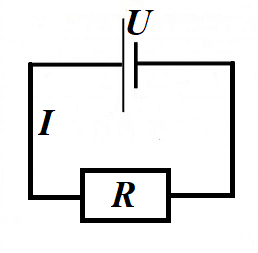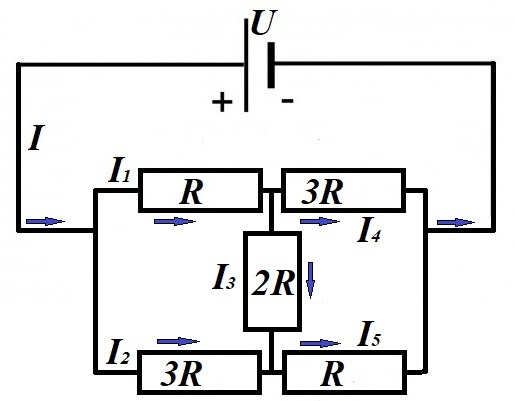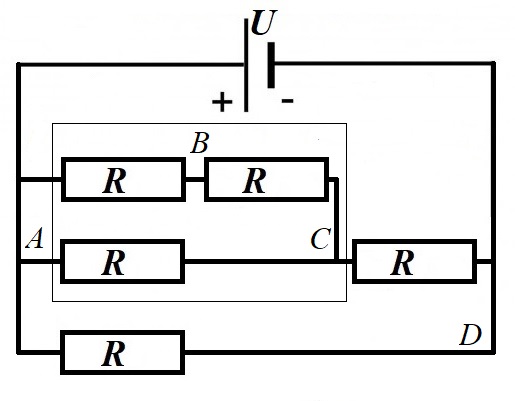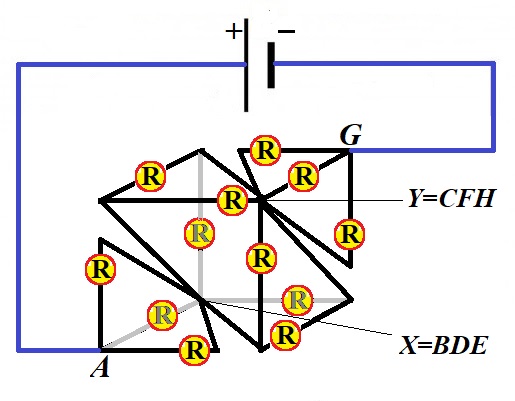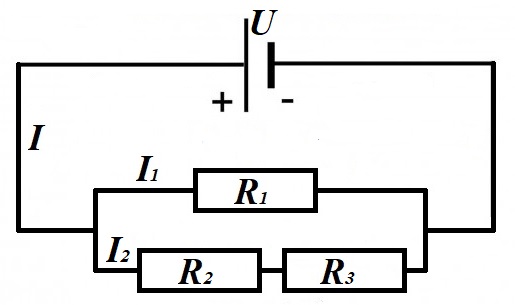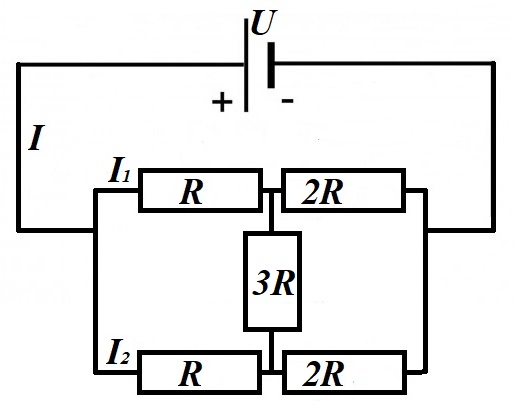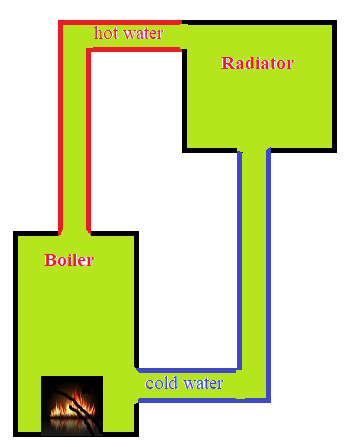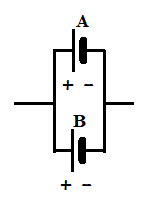Notes to a video lecture on http://www.unizor.com
Magnetism - Magnets
We usually don't have a lot of questions about forces that act on a contact. There is an obvious cause and observable effect.
Forces that act on a distance cause a logical question "Why?" since
there is no obvious cause for observable actions, like attraction or
repelling of objects without immediate contact between them.
So far, we studied gravitational force, acting on a distance, and electrostatic force, also acting on a distance.
We have introduced a concept of a field to explain these actions on a distance and quantitatively study them.
In case of gravity we just stated that all objects have certain characteristic, mass, and any object has a gravitational field
around it that acts on any other object in this field, according to the
Law of Gravity. The force is always attracting and proportional to a mass. The gravitational force always exists around any object.
In case of electrostatics we explained the existence of a force on a distance and electrostatic field by an excess or deficiency of electrons, which we called an electric charge and assigned negative charge (−) to an excess of electrons and positive charge (+)
to their deficiency. In this case the force between two objects
positioned at a distance from each other can be either attracting (if
one object is positively charged and another - negatively, opposite
attracts) or repelling (for similarly charged objects, similar repels)
and is proportional to the number of electrons in excess or deficiency.
The electrostatic force exists only if there is an excess or deficiency
of electrons that usually requires certain effort to create by
separating certain electrons from their atoms. Electrostatic forces are
usually much stronger than gravitational.
There is another observable force on a distance. Certain objects, which are called permanent magnets,
have a force field around them that does not require any efforts to
create. This makes them similar to gravitation. But, while the force of
gravity is always attracting, magnets attract only some objects - those
that have certain magnetic properties.
The force field around magnets always exists and has an interesting property - polarity. Each magnet has two poles, which are conditionally called North and South.
Two magnets attract each other, if they are facing each other with
different poles, that is North pole of one magnet attracts South pole of
another (again, opposite attracts). Positioned to face each other by
the same pole (North to North or South to South), they repel each other.
Another interesting fact that differentiates magnets from electrically
charged objects is that magnets always have two poles - North and South.
There is no magnet with only North or only South pole. In the world of
electricity objects are usually either positively charged (deficiency of
electrons) or negatively charged (excess of electrons), not both at the
same time, but in the world of magnetism existence of two poles, North
and South, is a necessary property of every magnet.
Interestingly, our planet Earth is a giant magnet with North magnetic
pole positioned close to the geographical North pole (but not exactly at
it) and South magnetic pole positioned close to South geographical
pole. North and South magnetic poles of Earth are, actually, moving
because of movements of the planet core.
Compass is a device with a small magnet in a form a free rotating arrow,
also having North (usually, blue) and South (usually, red) poles. Since
opposite poles attract, the red part of a compass arrow (South pole of
an arrow magnet) points to the North magnetic pole of Earth.

In places far from Earth poles we can rely on a compass to determine the
general direction to the North. Close to the geographical poles a
compass is not a reliable tool, because the North and South magnetic
poles of Earth do not coincide with its geographical poles.
We do know that electric charge is caused by excess or deficiency of
electrons. This is a relatively superficial explanation. We never
discussed what caused two electrons to repel each other or proton and
electron to attract each other. These are much deeper issues that
require significantly more study.
With magnetism we also need some, however incomplete, explanation for this phenomenon.
Here is what might serve as a superficial explanation.
Electrons inside the atoms have their own magnetic properties, derived from their movement and so-called spin,
studied in Quantum Theory. Pair of electrons usually has electrons with
opposite spins and their magnetic poles neutralize each other. But in
case of odd number of electrons this balance is distorted. Atom with
such a magnetic unbalance becomes a source of magnetic field.
Another necessary property of the magnet is the relatively
unidirectional position of these atoms (all North poles are pointing to
the same direction), thus making the effect of magnetism much stronger.
